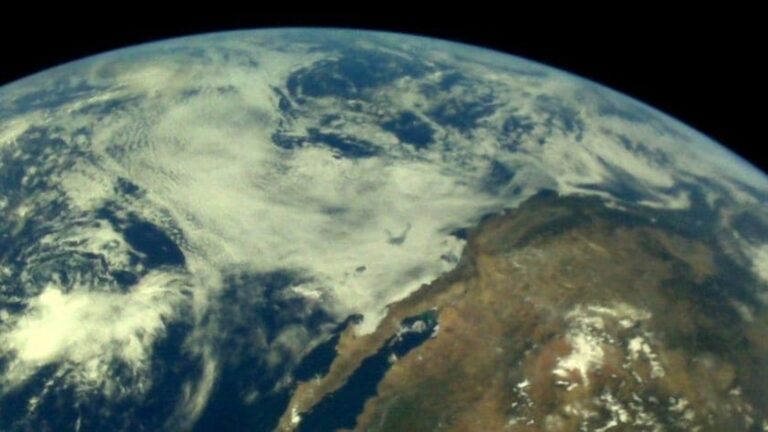By Sean Rafferty, State University of New York
New York, One might wonder how people discovered how to eat some of the foods that are so popular today. The cassava plant is poisonous if not carefully processed in several steps. Yogurt is actually expired milk that has been around for a while and is contaminated with bacteria. And who discovered that popcorn could be a tasty, roasted treat?
These kinds of food mysteries are quite difficult to solve. Archaeology depends on solid remains to understand what happened in the past, especially for people who did not use any form of writing. Unfortunately, most of the objects traditionally used made of wood, animal materials or cloth degrade quite quickly and archaeologists like me never find them.
We have plenty of evidence of hard materials, such as pottery and stone tools, but softer objects, such as the remains of a meal, are much harder to find. Sometimes we are lucky if we find softer objects in very dry places that preserve them. Also, if they are burned, they can be preserved for a very long time.
The ancestors of corn
Luckily, corn—also called maize—has hard parts, like the hull of the kernel. These are the bits at the bottom of the popcorn bowl that get stuck between your teeth. And because corn has to be heated to make it edible, it sometimes burns, and archaeologists find evidence of this. Even more interesting, some plants, including corn, contain tiny rock-like fragments called phytoliths that can last for thousands of years.
Scientists are pretty sure they know how long corn has been around. We know that corn was probably first cultivated by Native Americans in what is now Mexico. The first farmers in that region domesticated corn from a type of grass called teosinte.
Before agriculture, people gathered wild teosinte and ate its seeds, which were high in starch, a carbohydrate found in bread or pasta. They would pick the teosinte with the larger seeds and begin weeding and planting it. Over time, the wild plant developed into something that resembles what we now call corn. Corn can be distinguished from teosinte by its larger kernels.
Evidence of corn cultivation has been found in dry caves in Mexico 9,000 years ago. From there, corn cultivation spread throughout North and South America.
Popcorn, canned foods
It’s harder to pinpoint when people first started making popcorn. There are several types of corn, most of which pop when heated, but one variety, called “popcorn,” makes the best popcorn. Scientists have found phytoliths from Peru, as well as burned kernels, of this type of “popping” corn dating back 6,700 years.
It is possible that popping corn kernels was discovered by chance. Some corn probably fell into a cooking fire and the person nearby realized that it was a new and convenient way to prepare food. Popcorn kept for a long time and was easy to prepare.
The popcorn of yesteryear probably didn’t look much like the snack you might eat today at the movies. It probably didn’t have any salt and certainly didn’t have any butter, since there were no cows to milk in America yet. It probably wasn’t served hot and was probably quite chewy compared to the version you’re used to today.
It is impossible to know exactly why or how popcorn was invented, but I suspect it was a clever way to preserve the edible starch in corn by removing the little bit of water inside each kernel that would have made it more susceptible to spoilage. It is the heated water in the kernel that escapes as steam that causes the popcorn to pop. The popped corn could then be stored for a long time. What you might think of today as a tasty snack probably started out as a useful way to preserve and store food.
This article was generated from an automated news agency feed without modification of the text.


